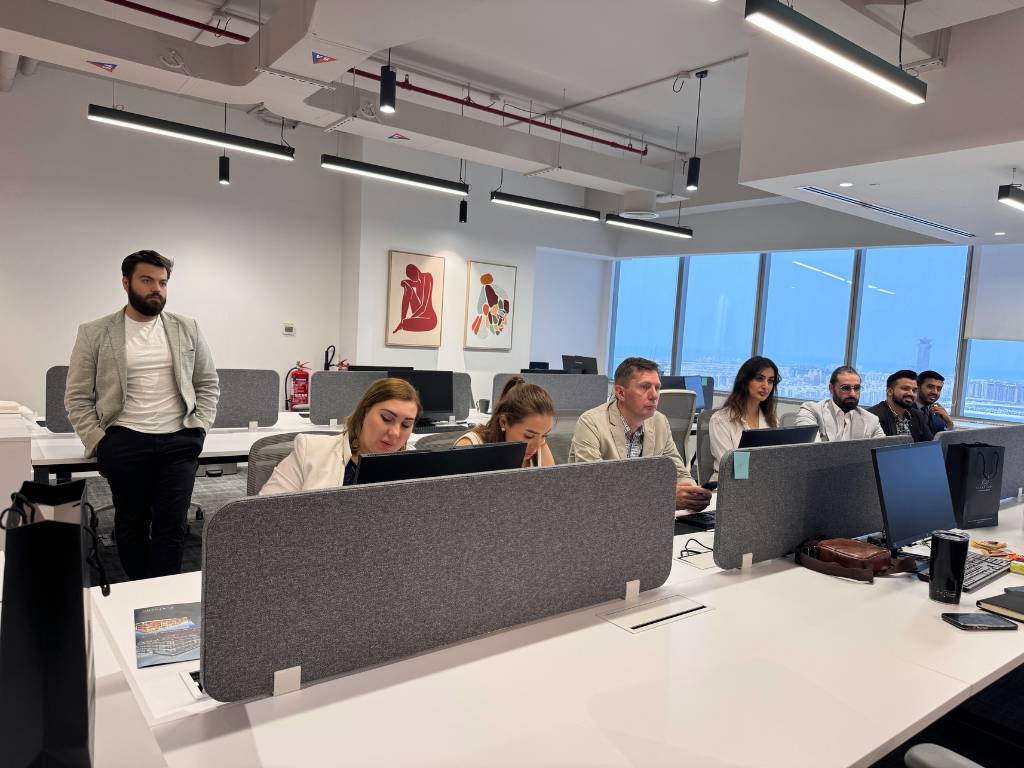Proposal Scoring Variability: Why Proposals Receive Different Scores

Federal contractors are often surprised when proposals that appear comparable receive materially different evaluation scores. Proposal scoring variability refers to the differences in how evaluators interpret and score similar content, even when proposals are compliant and technically sound. Understanding why this occurs is essential for reducing risk and improving consistency across pursuits. Proposal scoring variability […]
Indirect Rate Exposure: Understanding the Hidden Risk

Pricing decisions in federal contracting extend well beyond direct labor rates. Indirect rate exposure represents one of the most overlooked yet consequential risks in proposal pricing. When indirect assumptions are misaligned with contract structure or execution reality, contractors face increased evaluation scrutiny and downstream performance challenges. Understanding this exposure early allows teams to price with […]
Cost Realism Narrative: Building Credibility

In many federal acquisitions, price is evaluated alongside realism, not just competitiveness. Evaluators are tasked with determining whether proposed costs reflect a feasible and executable approach. A cost realism narrative provides the explanation that connects numbers to reality, helping evaluators understand how pricing supports performance rather than undermines it. When done well, a cost realism […]
Capture Investment: Making Smarter Decisions

Federal growth depends on disciplined decisions long before proposals are written. Time, labor, and money are finite, yet many organizations spread resources across too many opportunities without understanding true return. Capture investment refers to the deliberate allocation of effort and funding during capture to improve win probability while managing exposure. Treating this investment strategically is […]
Federal Pursuit Risk: Identifying Exposure Before It Impacts

Winning federal contracts requires more than identifying opportunities and submitting compliant proposals. Every pursuit carries uncertainty related to requirements, competition, pricing, and execution. Federal pursuit risk refers to the combination of factors that can undermine win probability, erode margin, or create downstream performance issues if left unaddressed. Understanding this risk early allows contractors to make […]
Acquisition Decision: How Federal Buyers Choose Between Comparable Offers

Federal contract awards are rarely determined by a single score or data point. Instead, evaluators weigh technical merit, price, and execution confidence to arrive at an acquisition decision that reflects best value to the government. For contractors, understanding how this judgment is formed is essential to positioning proposals that stand out when competition is tight. […]
Pricing Sensitivity Analysis: How Evaluators React to Price Signals

Federal buyers rarely evaluate price in isolation. Instead, they assess how pricing aligns with confidence, feasibility, and execution credibility. Pricing sensitivity analysis gives contractors a structured way to understand how changes in proposed price influence evaluator perception, competitive positioning, and overall award outcomes. When applied correctly, this discipline helps teams identify where price truly matters […]
Price-to-Value Modeling: Strengthening Federal Pricing Strategy

Federal contractors face increasing scrutiny as agencies evaluate not just cost, but how well a solution delivers measurable value. This shift has led many organizations to adopt price-to-value modeling as a core component of their pricing strategy. By linking price to mission impact, performance improvements, and risk mitigation, contractors create a more compelling case for […]
Bid Pursuit Diagnostics: A Framework for Smarter Federal Competition

Winning in the federal marketplace requires more than responding to opportunities as they appear. High-performing contractors invest in structured assessments that determine whether an opportunity is worth pursuing and how to approach it strategically. This is where bid pursuit diagnostics provide measurable value. By evaluating opportunity alignment, capability fit, competitive landscape, and resource demand, organizations […]
Proposal Quality Index: A Framework for Stronger Federal Proposals

Federal contractors face increasing pressure to submit proposals that are compliant, compelling, and easy for evaluators to assess. With tighter competition and greater scrutiny during evaluations, organizations benefit from structured tools that measure proposal readiness. A proposal quality index provides an objective framework that evaluates whether a submission meets the standards required for successful evaluation. […]
